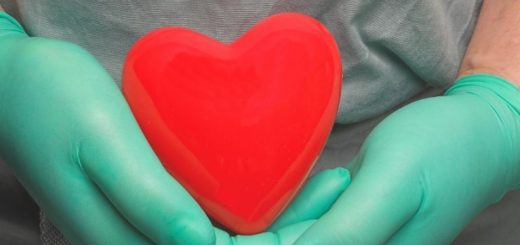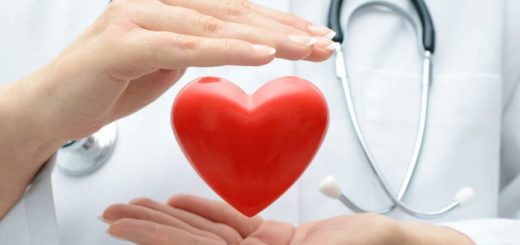Why Rest and Recovery After Exercise is Important
Most athletes know that getting sufficient rest after exercise is essential to high-level performance. However many still overtrain and feel guilty when they’ve taken a day off. The body repairs as well as bolsters itself in the time between workouts so continuous training can effectively weaken the strongest athletes.
Rest days are crucial to sports performance for a number of reasons. Some are physiological while some are psychological. Rest is physically necessary for muscles to repair, rebuild and strengthen. For recreational athletes, building in rest cards can help keep a better balance between home, work and fitness goals. In the worst-case scenario is too little rest and recovery days can leading to over training syndrome which is a challenging condition to recover from.

What happens during recovery?
Building recovery time into any training programme is essential because this is the time that the body takes to adapt to the stress of exercise. It is here that the real training effect takes place.
Recovery also enables the body to replenish energy stores as well as repair damaged tissues. Exercise, or any other physical work, causes alterations in the body such as muscle tissue breakdown, exhaustion of energy stores (muscle glycogen) and fluid loss.
Recovery time enables these stores to be replenished and allows tissue repair to take place. Without enough time to repair and replenish the body will continue to breakdown from intensive exercise. Symptoms of overtraining frequently occur from a lack of recovery time. Signs of overtraining include a feeling of overall malaise, staleness, depression, decreased sports performance as well as increase risk of injury among others.
Short- and Long-Term Recovery
Remember that there are two categories of recovery:
- There is immediate, or short term, recovery from a p;particularly intense training session or event.
- There is long-term recover that needs to be built into a year-round training schedule. Both are important for optimal sports performance.
Short-term recovery, which is sometimes called active recovery, occurs in the hours immediately after intense exercise. Active recover refers to taking part in low-intensity exercise after workouts both during cool-down phase immediately following a hard effort or workout as well as during the days following the workouts.
These two types of active recovery are connected to performance benefits.
Another major highlight of recovery immediately after exercise has to do with topping up energy stores and fluids which are lost during exercise and optimising protein synthesis which is the process of increasing the protein content of the muscles cells in order to prevent muscle breakdown and increasing muscle size. Protein synthesis is facilitated by eating the right foods in a post-exercise meal. This is also a time for soft tissue (muscles, tendons, ligaments) repair and the removal of chemicals that build up as a result fo cell activity during the exercise.
Long-term recovery techniques are those that are built in to a seasonal training programme. Most well-designed training schedules will incorporate recovery days and/or weeks that are built into an annual training schedule. This is also the reason why athletes and coaches change their training programmes throughout the year, add cross-training, modify workout types and make changes in intensity, time, distance and all other types of training variables.
It is this change of adaptation and recovery that takes the athlete to a new level of fitness. High-level athletes need to realise that the higher the training intensity and effort are, the greater is the need for planned recovery. Keeping tabs on your workouts with a training log, as well as paying attention to how your body feels in addition to how motivated you are, is extremely helpful in determining your recovery needs as well as modifying your workout programmes.





